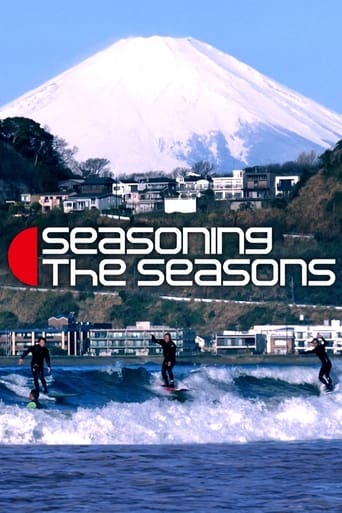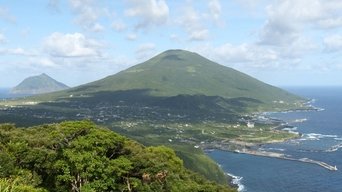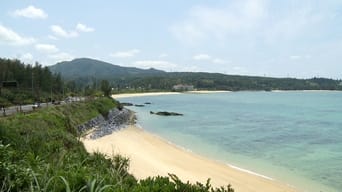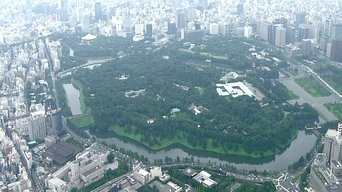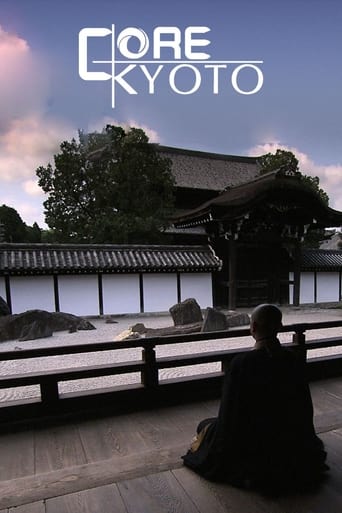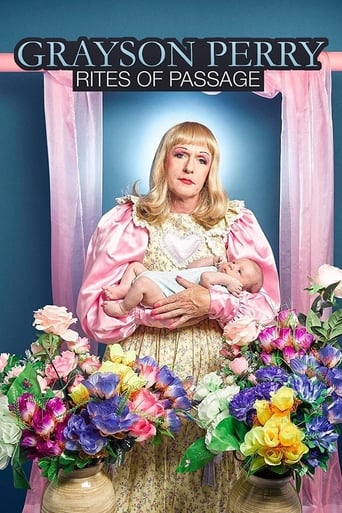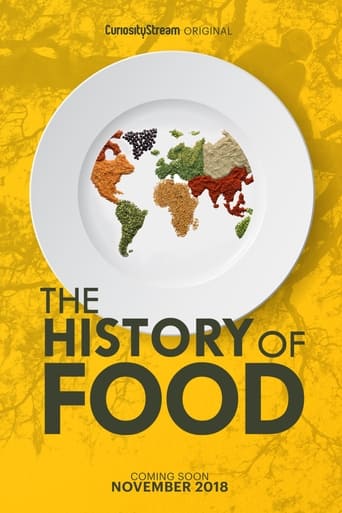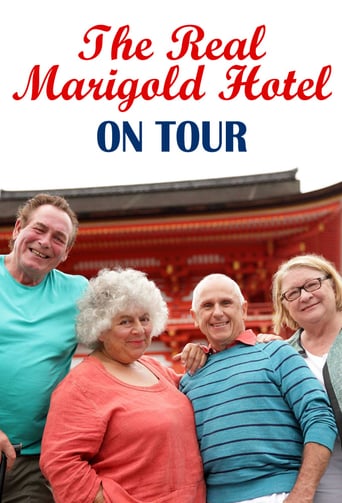Seasoning the Seasons Season 8
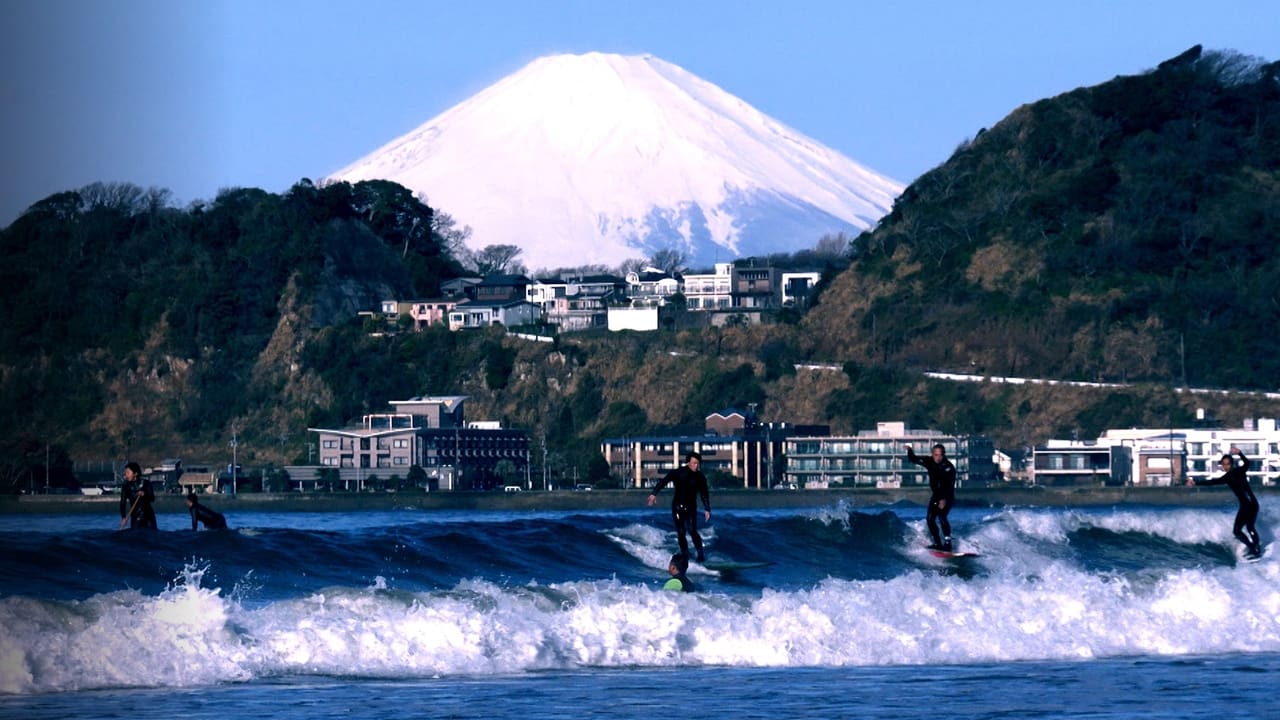
This program visits places across Japan to introduce the charms of their local daily life and festivals fostered by the nation's long history.
Watch NowWith 30 Day Free Trial!
Seasoning the Seasons
2012 / TV-G
This program visits places across Japan to introduce the charms of their local daily life and festivals fostered by the nation's long history.
Watch Trailer
Seasoning the Seasons Season 8 Full Episode Guide
The island of Hachijo-jima is 290km south of Tokyo but officially part of the city. It is formed from 2 volcanoes. The island's topology is the result of repeated eruptions. People first lived on the island several thousand years ago. Since then, people have come to the island from across Japan. Locals welcome arriving visitors. This is the story of Japan's island of compassion.
Tsukuda and Tsukishima, in central Tokyo, are areas that were all sea about 400 years ago. Fishermen from Osaka Prefecture landfilled and created this piece of land. The prayers of those fishermen still live on. The main festival of the Sumiyoshi Shrine is held once every 3 years. The excitement of the boisterous fishermen comes to a peak during the festival. In this episode of Seasoning the Seasons, we look at stories of the pathos surrounding a festival in a downtown Tokyo area.
Songs are part of the fabric of life in Okinawa Prefecture. When a song rings out, everyone naturally starts to dance. Okinawa is a prefecture in the south of Japan composed of a main island and more than 100 smaller islands. In times of happiness and sadness too, the rhythms of Okinawa fill the air. Singing songs always reminds Okinawan people of home. We lend our ears to the sound of Okinawa to hear these islands' stories.
In central Tokyo, surrounded by skyscrapers and inside a moat, is the Imperial Palace, the home of Japan's Emperor. The Imperial Palace was formerly Edo Castle. The Emperor moved to the Palace from Kyoto Prefecture around 150 years ago at the end of Japan's samurai era. Today, we visit the area surrounding the Palace, a walk that takes us back through the centuries. This is the story of the Palace and those who live, work, and exercise nearby.
Awaji Island is the largest island in the Seto Inland Sea. From ancient times, Awaji has been known as "Japan's Foodstore," and local fish have, down the years, been presented to the Imperial Court. The island is also proud of its connection to the legend of the 2 gods, Izanagi and Izanami, who gave birth to Japan. The story of Japan's origins describes how the gods passed the country on to the people. Awaji Island is where it all began.
Kamaishi, in Iwate Prefecture in northeastern Japan is home to a steelworks with a history of 130 years, and is known as a "city of steel." Before the end of World War II, Kamaishi suffered a direct attack by the Allied Forces because of its steelworks. Then came the Great East Japan Earthquake in 2011. This is the story of Kamaishi, a city that has experienced many adversities, but has managed to rise above them.
Sendai, on the Japanese island of Honshu, is the largest city in the Tohoku region, northeastern Japan. It was founded in 1601 by Date Masamune, a samurai whose name is known to all Japanese. The city was created in a sparsely populated area through the visionary town planning of Masamune. Local crafts from Sendai are also influenced by the culture of the Date clan. The legacy of Date Masamune still lives on in the modern city of Sendai. We look back over this 400-year story.
Free Trial Channels
Seasons


